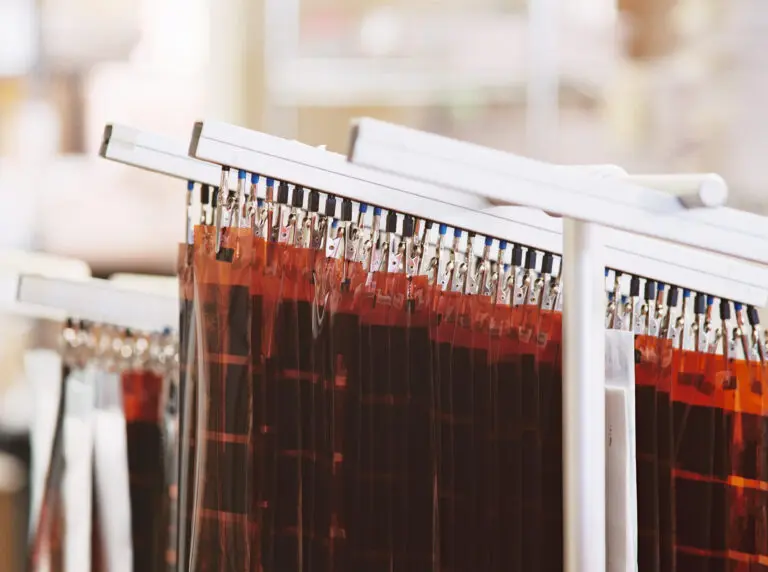What’s the best way to store both exposed and unexposed film? How can you keep your un-shot film as fresh as possible and preserve the physical backup of your art for generations? We got you. Let’s dive in!
Keeping Film Fresh
We all know film is sensitive to light, but did you know it is also sensitive to temperature and humidity? When unexposed film is stored improperly, it can lead to a lack of contrast and create a fogged, hazy look in your images.
When it comes to protecting your precious rolls, you want to avoid storing them in bright, warm spaces with high humidity. Seek out cool temps, low humidity and keep your 120 film in its wrapper. (35mm film can stay in its plastic tub with the lid on.)
Film Storage "Dos"
- Cool Temperatures
- Low Humidity
- Store Film Wrapped
Film Storage "Don'ts"
Warm Temperatures
High Humidity
Storing Film Unwrapped
Where is the Best Place to Store Film Long Term?
The refrigerator! Your fridge is the trifecta—it’s cool, dark and dry! Just be sure your film remains in its original packaging. “But PV,” you say, “I shoot A LOT of film, and storing food in my fridge takes priority.” We get it—we like food, too! Consider buying a wine fridge for film storage—they’re small, multipurpose and can be found on Amazon for $200.
Where is the Best Place to Store Film Long Term?
While fridges provide easy storage, make sure to plan ahead. Remove film from your fridge 24 hours prior to your shoot. This allows the film to return to room temperature prior to shooting.
When film does not have enough time to return to room temperature, it can develop condensation—much like a glass of ice water does when left in the heat. This condensation can cause water damage in your film and ruin your final images.

Best Practices for Handling and Storing Exposed Film
Your negatives are the MVP of your images. In a digital era, with fickle hard drives and costly cloud storage, images can get lost or deteriorate in quality. Storing your art in its pure, tangible form is the ultimate backup.
So, let’s talk about how to properly handle and store these bad boys:
- Make sure your hands are dry and clean before handling negatives. Oils from your hands can damage them.
- Only hold negatives by their edges, avoid touching any part of the image.
- If you remove your negative from its sleeving, be sure to clean the negative before placing it back in its sleeving. This will help protect the negative from scratching.
- Store negatives flat (binders work great!). Film warps easily.
- Do not store your negatives in an attic or garage! Keep negatives in a cool, dark, dry place where the temperature doesn’t change much. Excess moisture (from a humid or damp environment) can cause negatives to stick to their sleeving and temperature fluctuations can increase their rate of decay.
